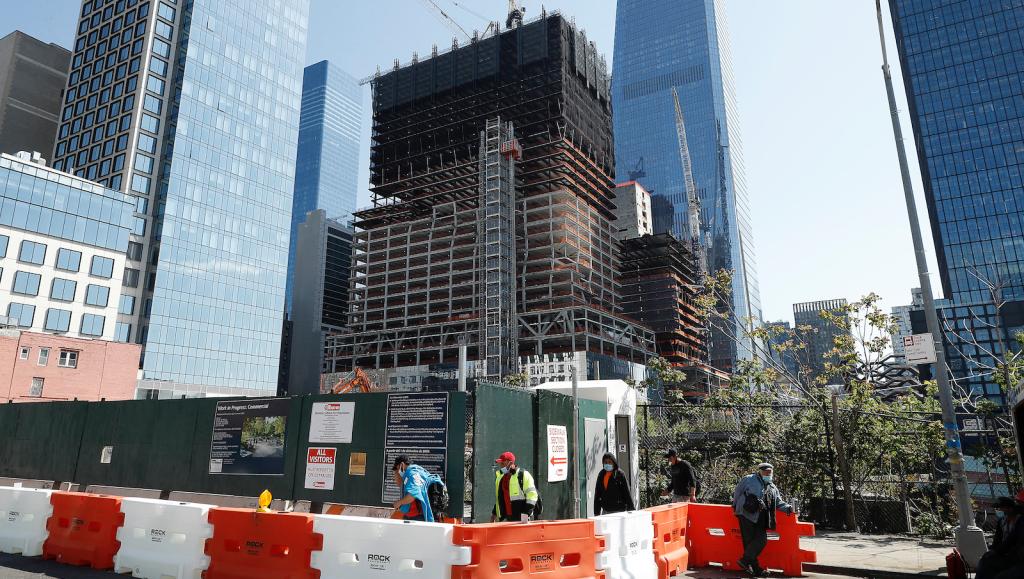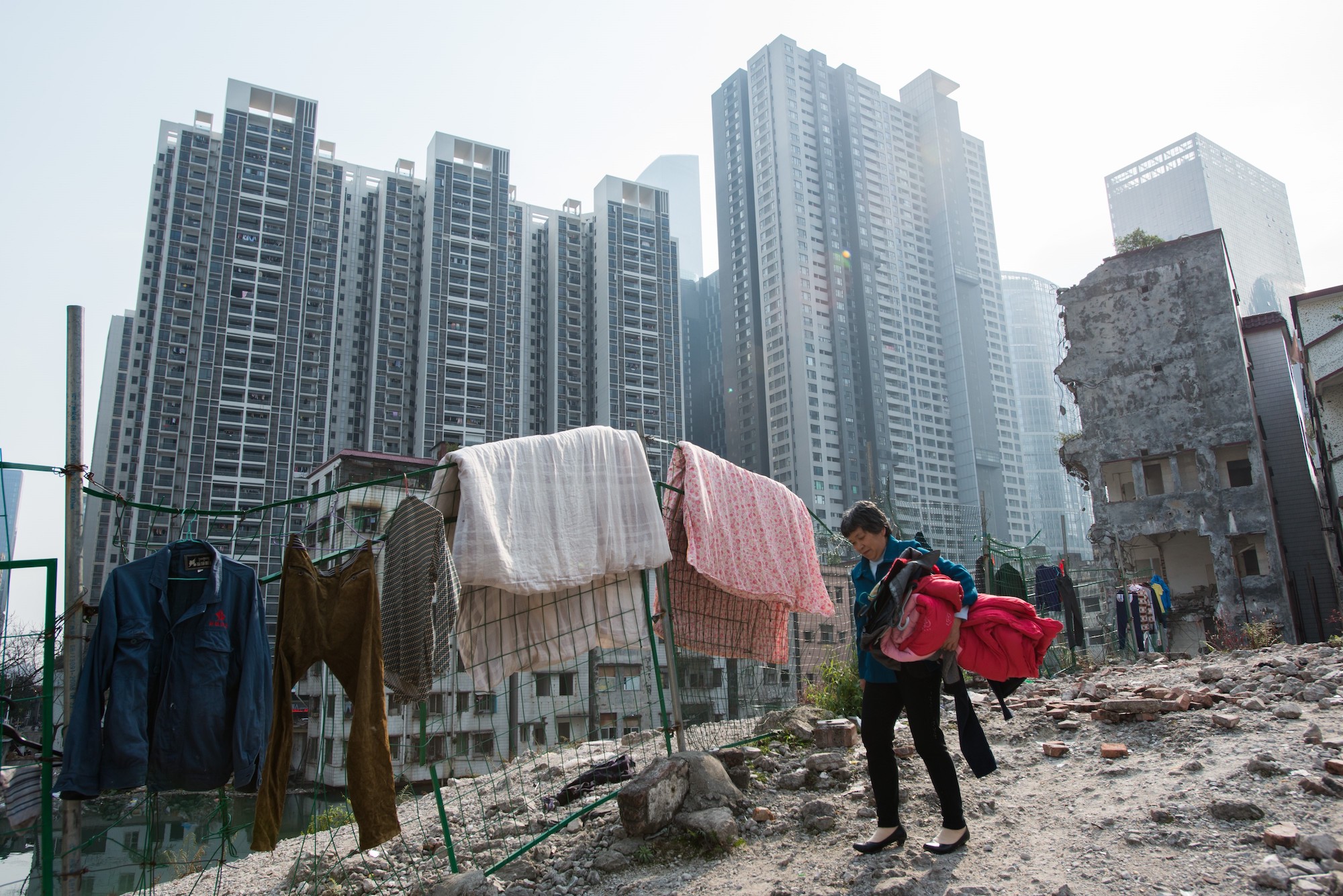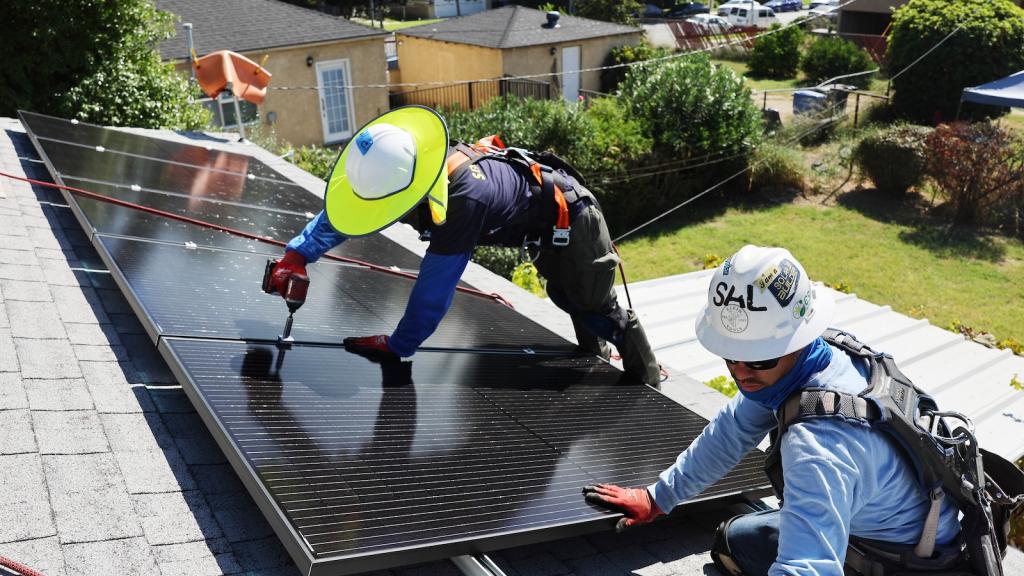A recent analysis led by several Nobel-laureate economists has put concrete numbers to the “emissions inequalities” around the world. The richest individuals, it found — the world’s “10 percent”– collectively emit nearly half of all global emissions. Meanwhile, the poorer half of the global population is responsible for just 12 percent.
The report, produced by the research group World Inequality Lab, based at the Paris School of Economics, maps the differences in global income and wealth across the world, as well as gender and environmental disparities, using data collected by more than 100 researchers over four years.
“There is a fundamental problem in contemporary discussion of climate policy: It rarely acknowledges inequality,” Lucas Chancel, the study’s lead author, wrote in The Guardian.
The United States, it found, is a “super emitter” of carbon dioxide, given its energy mix and consumption habits, with Americans, on average, emitting three times more carbon than the rest of the world. And for some regions, the disparities are even greater: an average American emits 21 tons of CO2 every year, for example, compared to a person in sub-Saharan Africa, who emits just 1.6 tons.
But when the researchers analyzed the emissions created by low-income people versus the middle class and wealthy within various regions, they found that “this is not simply a rich-versus-poor countries divide: There are huge emitters in poor countries, and low emitters in rich countries,” Chancel wrote.
Wealthy people in East Asia and the Middle East, for example, emitted more CO2 (around 39 and 34 tons in 2019, respectively) than the poorest people in Europe, who emitted 5 tons per person that same year. Moreover, the consumption habits of the wealthiest people in those countries have even made them more polluting than the most affluent Europeans, who are responsible for 29 tons of carbon dioxide every year.
Within the U.S., the difference between the upper 10 percent and the lower half is stark. While the richest Americans are the highest emitters on Earth, releasing 75 tons per person each year, a low-income American emits about 10 tons over the same time period.
“An extreme illustration of this is when billionaires decide to do a nine-minute trip to space,” Chancel said in an email to Yahoo News. “Estimates suggest this adds 75 tonnes of carbon per passenger. It takes a lifetime for about a billion people on earth to reach this level of per capita emissions.”
Yet after analyzing the policy decisions that countries have taken to address climate change, the authors found that they have disproportionately affected the middle and lower classes. In that sense, the report “enables a much richer consideration of what socially just climate policies should look like, both within and across countries,” noted Jayati Ghosh, an economist at the University of Massachusetts Amherst who was not involved in the report, in an op-ed in Project Syndicate.
Instead of approaches like a generalized carbon tax, that tend to overburden people who already are struggling to make ends meet, the authors propose measures like a wealth tax, with a pollution top-up; or establishing individual carbon rights, similar to water rights in countries or regions where this resource is scarce. The authors also advocate for measures that address the root of the problem: the existing legal and taxation regimes that allow such intense concentrations of wealth.
“[The report] is much more than a valuable compendium of useful data and analysis,” wrote Ghosh. “[It] reflects human choices, which means that it can be changed by making other choices.”



